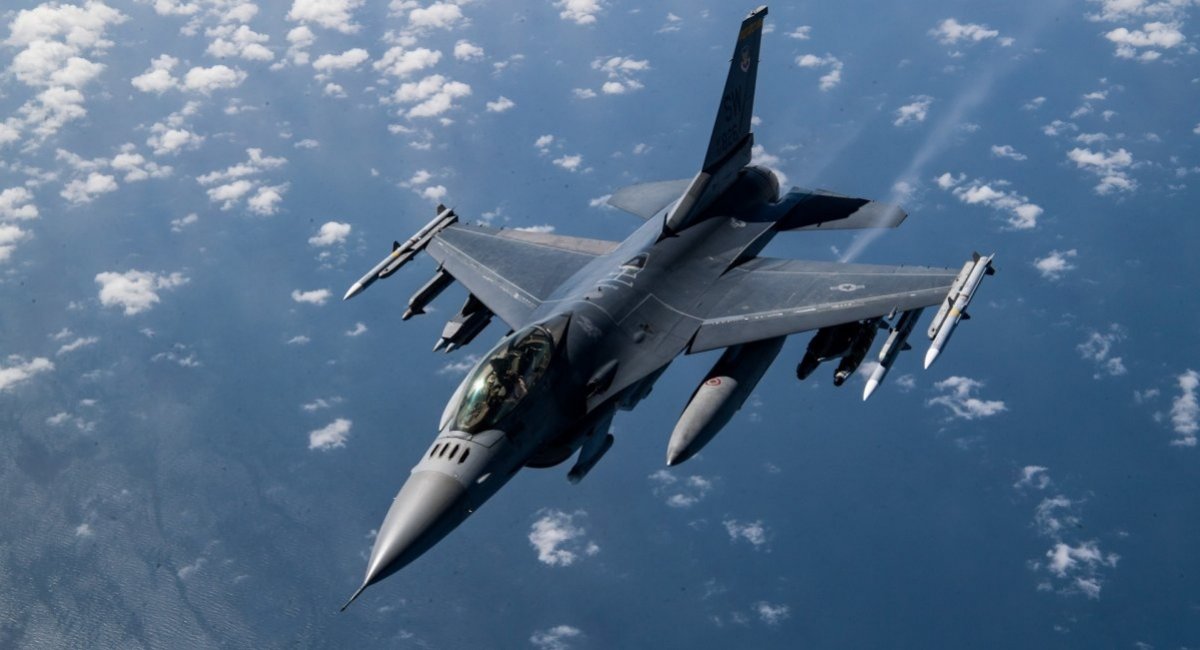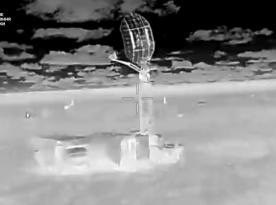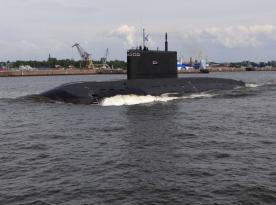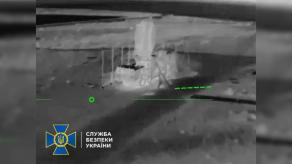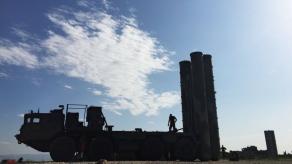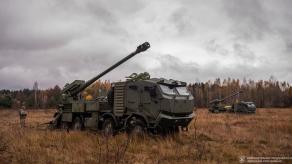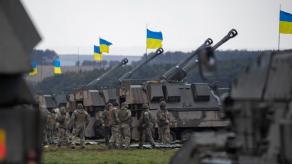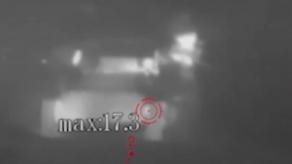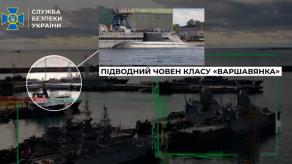The story of a Ukrainian F-16 pilot who destroyed six cruise missiles in one air defense mission, when repelling a russian combined missile and drone attack in December 2024, mentions one interesting detail. As the interview with the distinguished pilot goes, it is specified that the F-16 was armed with four air-to-air missiles, and that is why the anonymous pilot had to rely on his standard 20mm M-61 automatic cannon to shoot down the other two enemy targets.
The insights into this combat episode were published by Yurii Ihnat, the Head of the Communications Department at the Ukrainian Air Force Command. Based on the description, the arsenal at hand consisted of two AIM-120 medium-range and two AIM-9 close-range interceptors. This brings about a logical question: why it only had so few if F-16 has as many as nine weapon suspension points.
Read more: Ukrainian F-16 Pilot Set a Historic Record by Shooting Down Six Missiles in One Flight
Moreover, there is even a photo of an F-16 packed with weapons, carrying 16 missiles and bombs in the so-called "beast mode." However, the image below featured none other than the latest version of the multirole fighter, the F-16V Block 70/72. The set designers, in order to make such a photo, had to utilize special multi-point pylons, the AMBER (Advanced Missile And Bomb Ejector Racks).
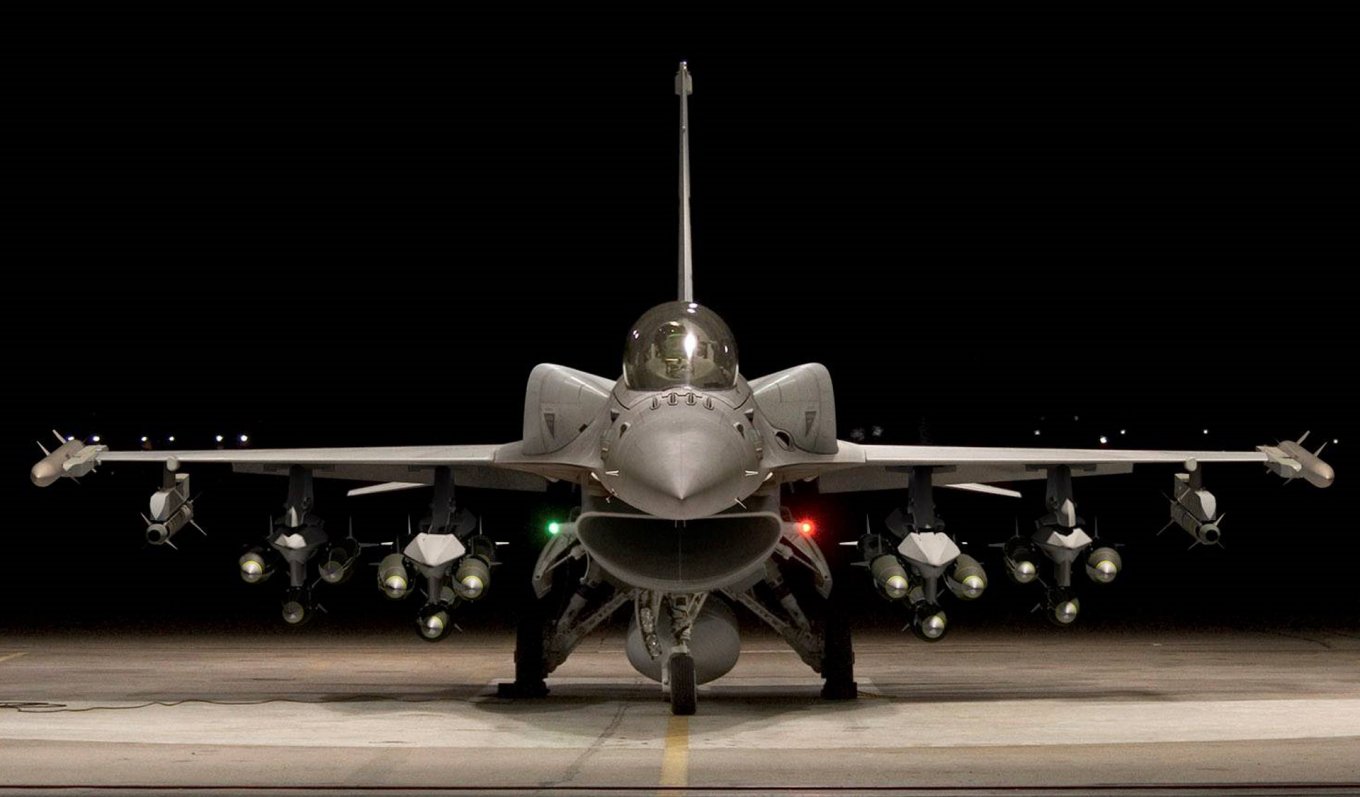
In its basic configuration, an F-16 only has nine weapons suspension points: one centered under the fuselage, six under the wings, and two at the wingtips. But not all of them support air-to-air missiles. Only six are allocated for this type of weaponry: four under the wings and two at the tips. The pylons closer to the wing root and under the belly can only take air-to-surface weapons, pods with additional equipment, and external fuel tanks.
The latter is used most commonly, since the F-16, as a light single-engine fighter, needs extra fuel to last in protracted missions. Otherwise, the combat radius drops by a large margin.
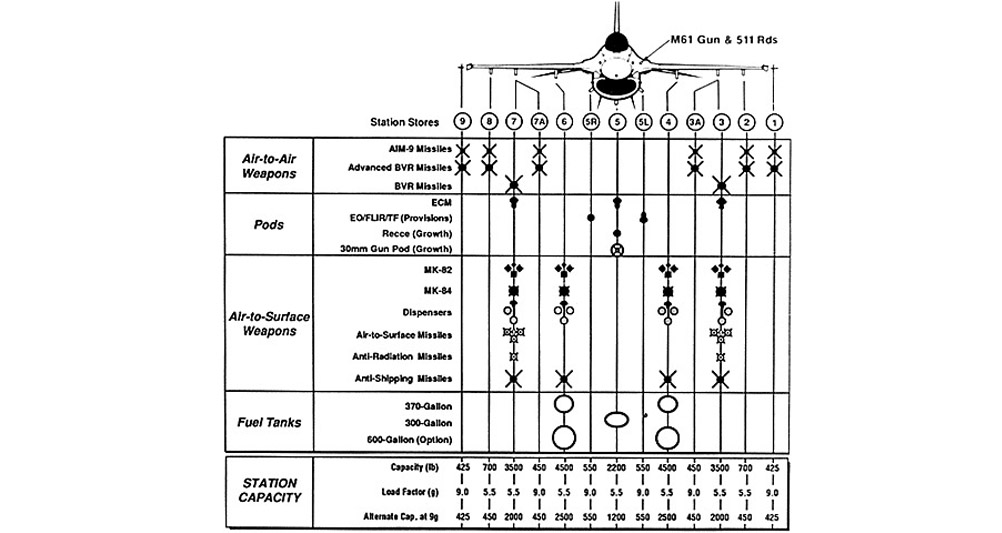
To put it into perspective, the approximate fuel consumption of an F-16 on combat patrol is between 2,800 and 3,000 liters per hour of flight. Active combat, characterized by active maneuvers and usage of afterburner, can burn 9,000 liters each hour or more. After all, fuel consumption depends on many factors, including operating altitude, speed, speed modes, load, etc.
That said, F-16's internal tanks hold 4,000 liters (technically: 3,175 kg) of fuel. That is why in the vast majority of said photos, F-16s have these additional drop tanks. There are several capacity variations for 1,400 liters (370 gallons) and 2,271 liters (600 gallons) that go under the wing, as well as the common tank for 1,135 liters (300 gallons) mounted under the fuselage.
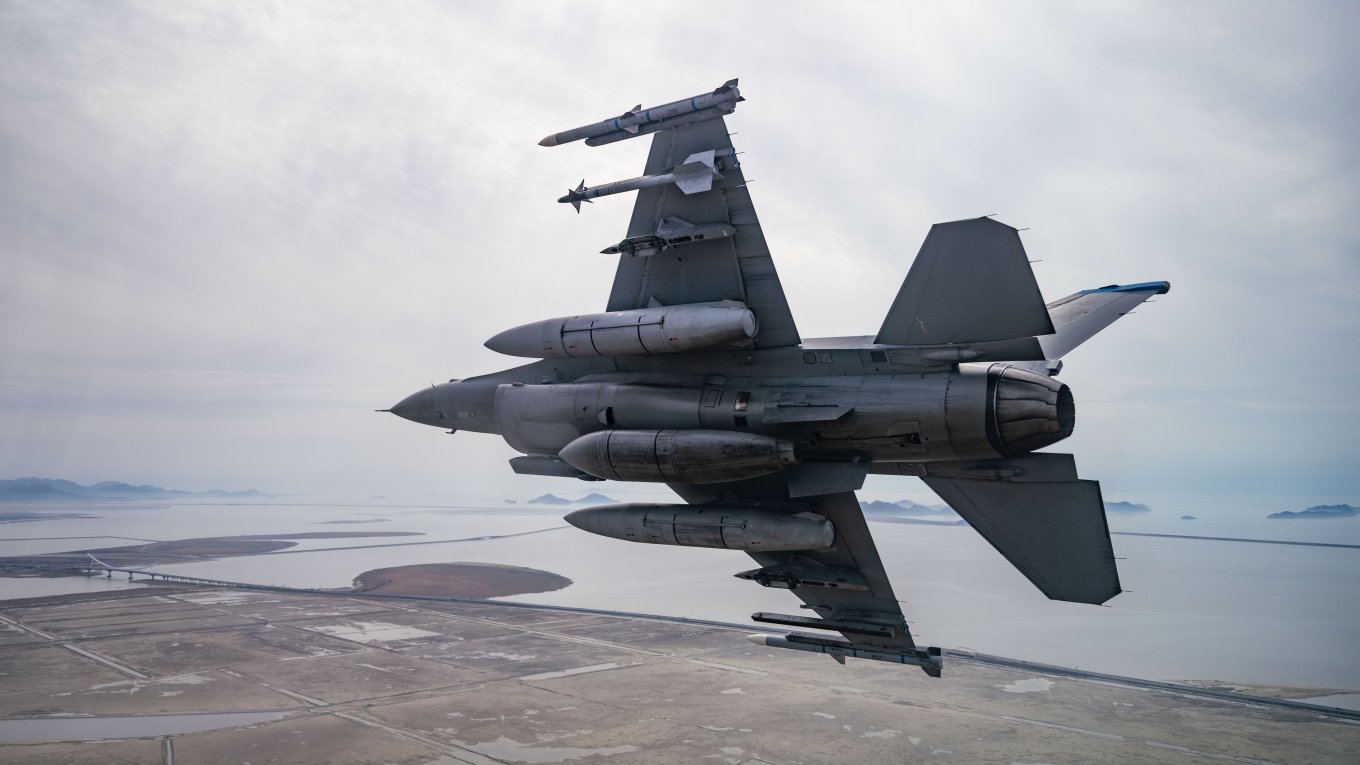
Still, there should be two more free pylons left. For example, there are photos of two Belgian F-16s, i.e. in similar modification to those Ukraine has, that carry six AIM-120s and two 370-gallon tanks each, no problem.
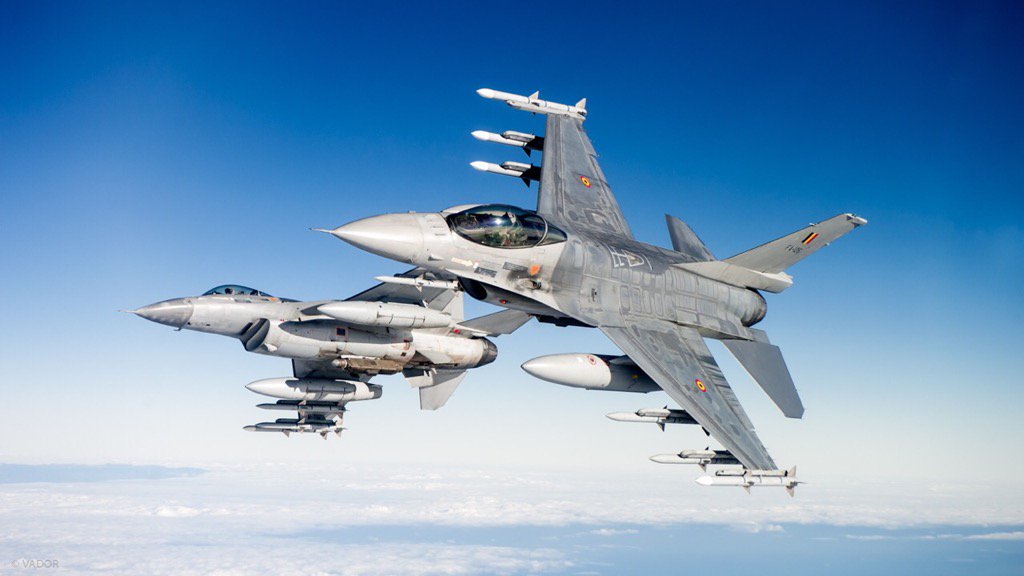
Perhaps here we should recall that Ukraine received from its international partners the F-16 version with special ECIPS+ or PIDS+ smart pylons. Those are designed to protect the aircraft from incoming missile attacks and deploy electronic warfare countermeasures. For a more in-depth review, look here.
The data on this special pylon is limited, and although it technically should "retain its full weapons carriage capability," according to the manufacturer, the Danish company Terma, there might be compatibility nuances.
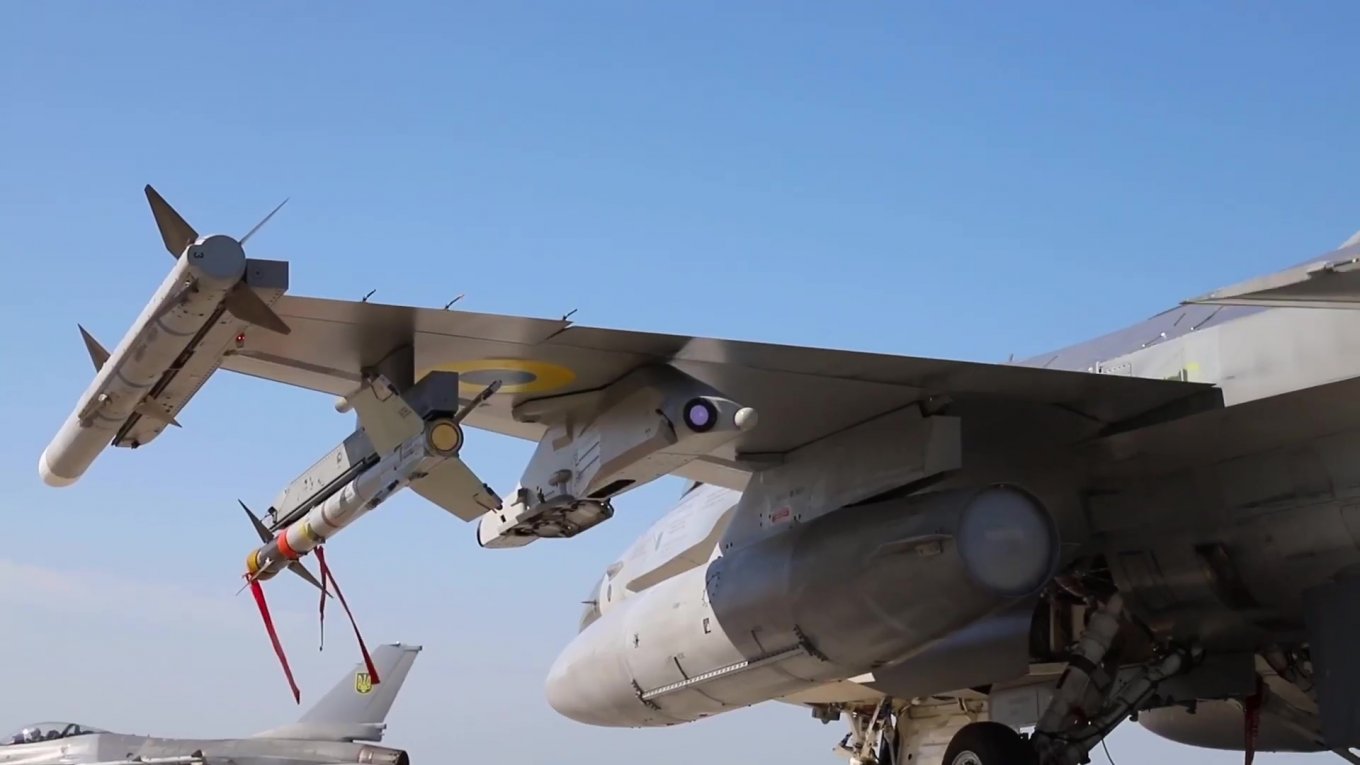
At least, none of the Royal Danish Air Force F-16s equipped with this pylon is carrying any AIM-9 or AIM-120 missiles in the photos available online. If there are issues with connecting air-to-air weapons to this compact jammer pylon, this would mean the Ukrainian F-16s can only take up to 4 anti-air missiles, though it's due for verification.
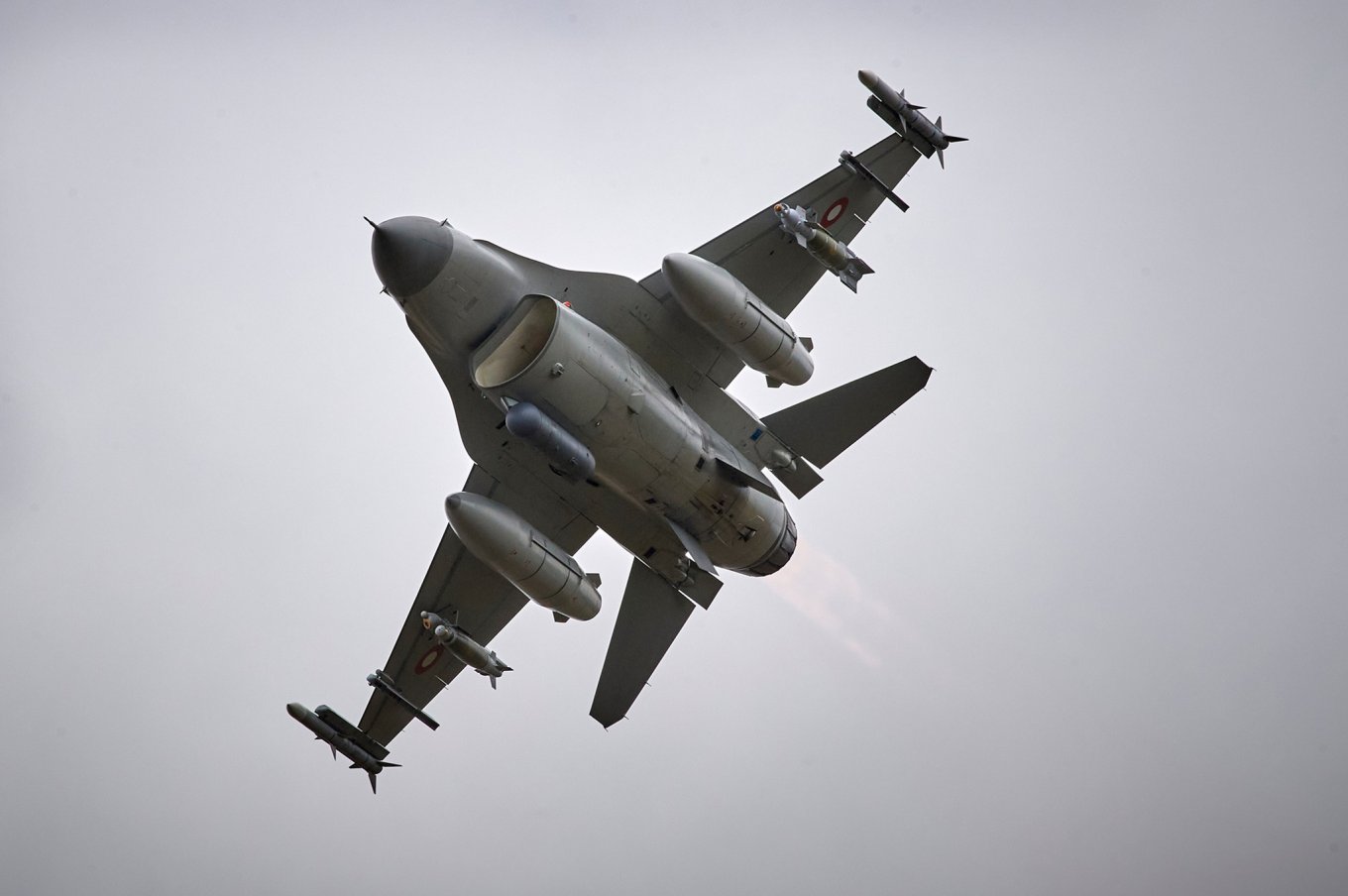
Another possibility is the overweight considerations. Let's assume the Ukrainian pilot took heavy drop tanks for this mission, for example, a pair of two 600-gallon tanks and a 300-gallon tank under the fuselage. In Ukrainian realities, increasing the aircraft's fuel capacity is basically a necessity, not just because of the country's vast territory but also because intercepting cruise missiles requires the F-16s to fly low to the ground, and nap-of-the-earth eats up a lot of fuel due to greater air resistance.
In these conditions, besides simply the number of hardpoints available, the aircrew must consider how much load is put on the wing, a key parameter that dictates limitations on the amount of payload one F-16 can take on a mission.
Read more: F-16 Shields Ukraine From Cruise Missiles Better Than Any Ground-Stationed Air Defense System Could




